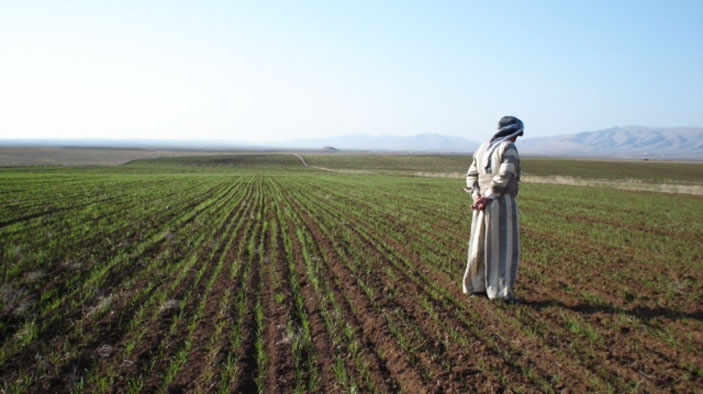Iraq—Agriculture Reconstruction and Development Program for Iraq (ARDI)
Client: U.S. Agency for International Development
Duration: 2003-2006
Region: Middle East and North Africa
Country: Iraq
Solutions: Economic Growth Environment
For 8,000 years, the fertile land between the Tigris and Euphrates rivers yielded agricultural goods. But after years of war and neglect, Iraq’s farming system was in a dire state. To provide work and income to Iraq’s rural population, the U.S. Agency for International Development-funded Agriculture Reconstruction and Development Program for Iraq (ARDI) revitalized the area’s agricultural sector. With four components—agricultural production, agribusiness, rural financial services, and soil and water resources—this program assisted the rural population in solving the most pressing problems facing the agricultural sector. The program’s goal was to restore and improve conditions for productive and profitable agriculture. DAI built on existing physical infrastructure and human and institutional resources to address the underlying causes of weakness in Iraq’s agricultural production.

Sample Activities
- Conduct assessments of Iraqi agriculture.
- Identify where and how resources should be used.
- Award competitive grants to private firms and nongovernmental organizations (NGOs) to implement projects that increase production quickly, reduce or eliminate the need for food aid, and improve rural incomes.
Select Results
- Produced “A Transition Plan for the Agriculture Sector in Iraq (Volumes I and II),” at the request of the U.S. Ambassador who asked that ARDI and the Iraqi Ministry of Agriculture (MOA) develop recommendations and guiding principles to inform those working in the agricultural sector of specific development and reconstruction needs. Cereals, horticulture, livestock, dairy, and poultry production received the most attention. A large ARDI team worked with MOA staff, Coalition Provisional Authority officials, and private sector business people to produce the three-year plan, which then provided the overall strategy for ARDI interventions. It was also used extensively by other donor agencies and the military to focus investments in agriculture.
- Put an estimated $80 million back into the local economy through contracts for equipment, construction, and other services.
- Generated jobs for 34,000 people in any given week.
- Built the skills of 19 NGOs active in agriculture development, 293 agricultural cooperative members (through 15 newly formed cooperative associations), 4,300 beekeepers and honey producers, 233 independent pesticide dealers (launching a national association), and 526 extension specialists.
- Improved the ability of mechanics and welders in four governorates to provide repair and maintenance services for agricultural machinery. The 216 rural mechanics and welders trained under ARDI worked in approximately 210 workshops, each of which represents a new small business opportunity in a rural village. Each workshop offered improved services to a minimum of 100 clients, for a total beneficiary population of 21,600 tractor owners.
- Rehabilitated 68 veterinary clinics in 17 governorates, serving 135,068 livestock breeders owning 5.7 million animals. Thanks to these efforts, 967 veterinarians returned to work in fully functioning clinics. The rehabilitation projects also provided temporary employment for 4,905 workers.
RELATED CONTENT:
Southern Africa—USAID Mobilizing Investment Project
The USAID Southern Africa Mobilizing Investment Project is a five-year initiative to promote inclusive economic growth and self-reliance in the region.
Read More